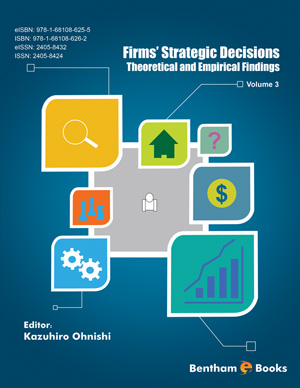Abstract
This chapter presents some remarks about real-world modeling. First, we examine the numerical di erences between real-world simulations and risk- neutral simulations, comparing the drift terms for the model types. Then, we investigate why the market price of risk is negative. This investigation is motivated by the following research question: Why does long-period observation tend to imply a negative value for the market price of risk? We introduce some simpli ed models (speci cally, the at yield model and the positive slope model) to answer this question. Next, we study the dynamical properties of the market price of risk. The mean price property of the market rice of risk in introduced to facilitate this. Throughout this book, we estimate the market price of risk under the assumption that it is constant during the sample period. Addressing this, we examine the validity of the constancy assumption for risk management by using a simpli ed model and the mean price property of the market price of risk. Additionally, Section 7.5 introduces the basic concepts of calculating credit exposure for counterparty credit risk management. Since some credit exposure should be calculated using the real-world probability, the real-world model bene ts from this subject. It is worth nothing here that Section 7.1 closely follows Yasuoka (2015); and Sections 7.2, 7.3, and 7.4 are newly written for this book.
Keywords: Constant market price of risk, Counterparty credit risk, Eco- nomic scenario, ESG, Expected exposure, Flat yield model, Interest rate risk management, Long-period observation, Mean price property, Negative price tendency, Null market price of risk, Positive slope model, Potential future exposure, Real-world model, Risk management, Risk-neutral model, Time- varying market price of risk.









.jpg)


